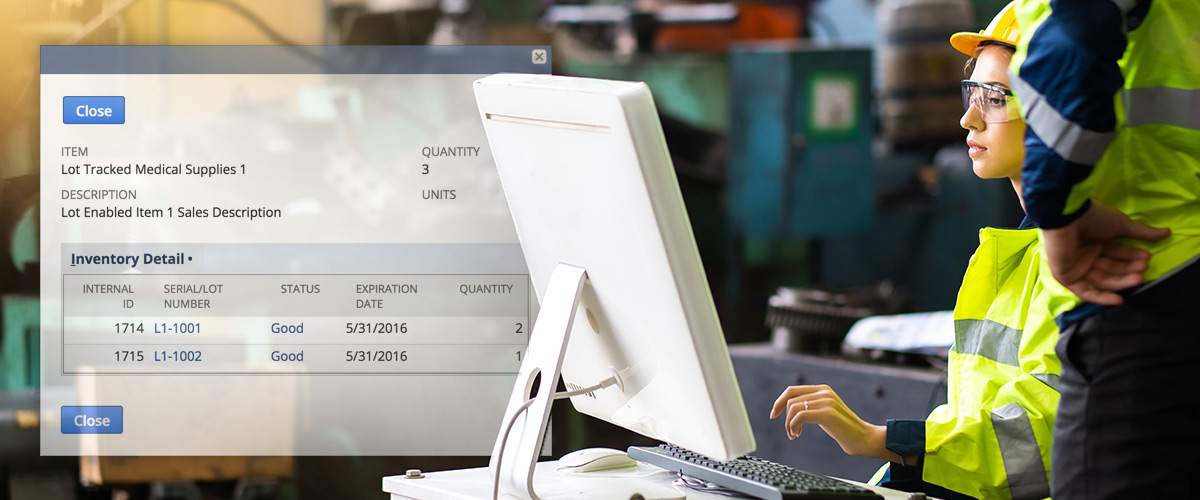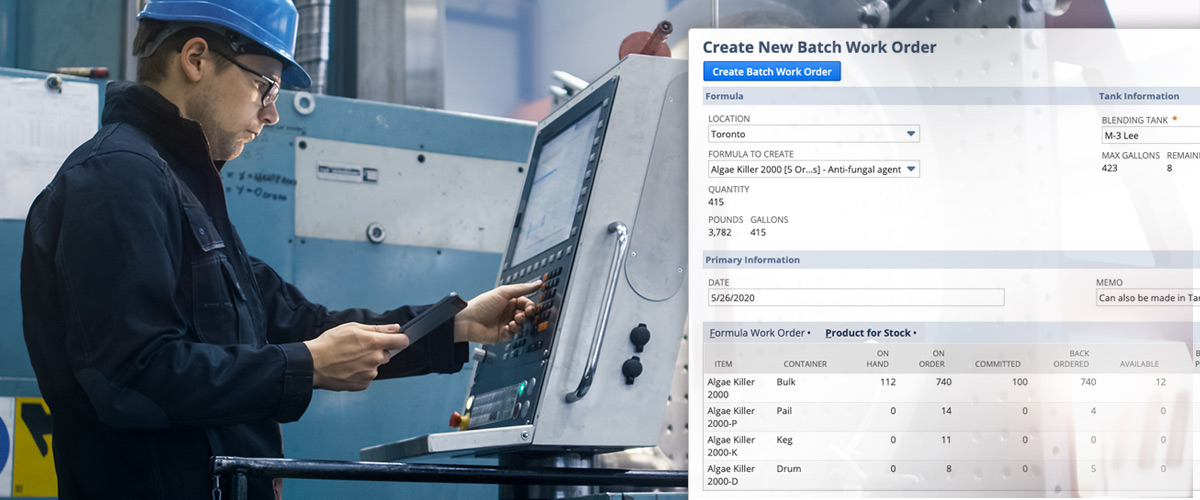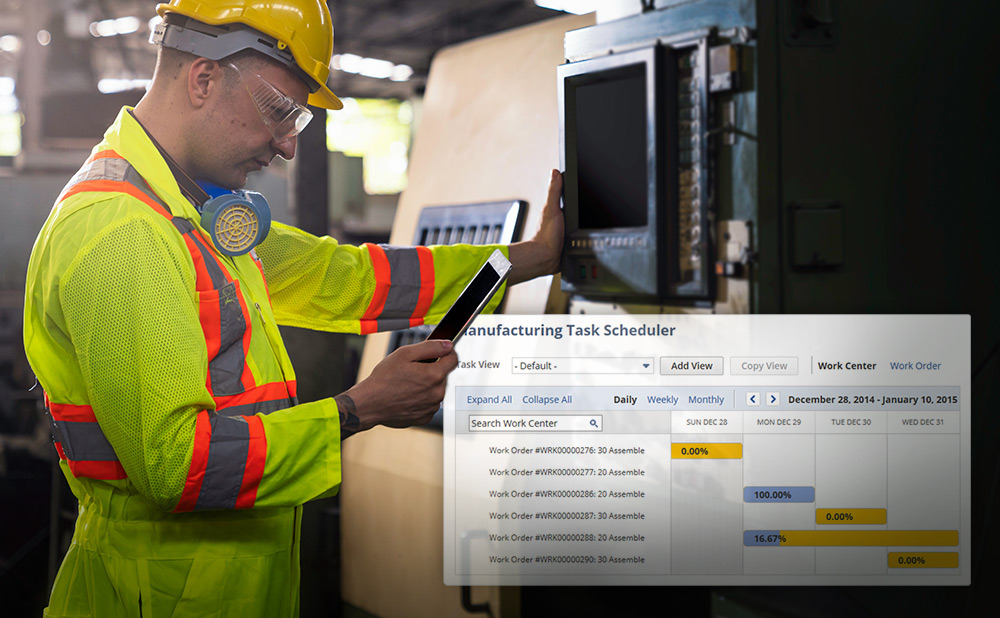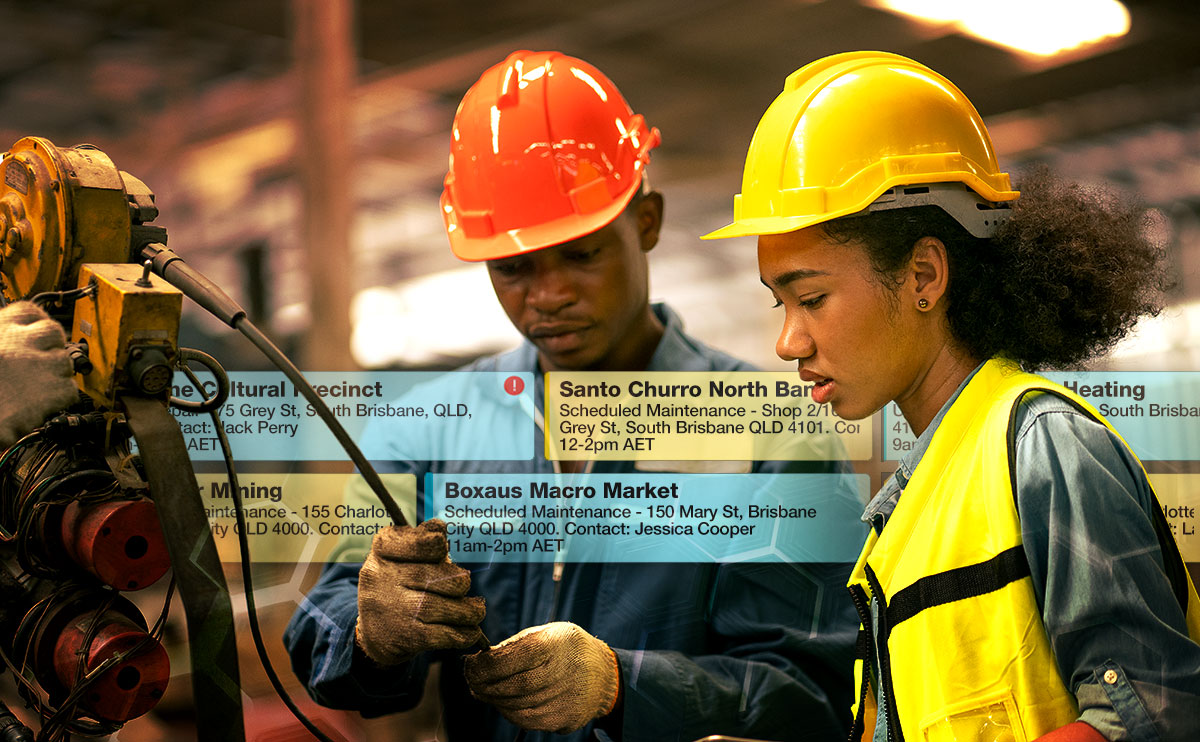Are you measuring production lag in your manufacturing procedures? If you’re not, you’re losing money.
If something isn’t being created, the lag is costing you money. Simply put, the longer it takes to make something, the more it’s costing your business. When manufacturers don’t measure production lag the cost gets overlooked. In many cases, it costs nothing to reduce production lag and all it takes is an understanding of what to measure, what to optimise and a plan to implement.
It hides in the shadows but has a heck of a bite
We regularly assess materials, labour and general overheads, as these are tangible and easy to identify. When we can touch something and quantify it, we tend to improve it.
When we dive deeper into our production plan and see the steps between the steps, we can see hidden costs which impact throughput and hence margin.
The objective is to assess the entire production plan and reduce the lag time between stages and processors. Each identified lag when multiplied ‘n’ times per run adds up to significant lost production capacity which ultimately increases costs.
Running idle, a metric to assess
When a manufacturing machine is idle, it still cost something, in materials, rent, maintenance, electricity, financing and labour, there is a cost of doing nothing. Opportunity cost is the big one as there is no book entry
How much could you be making with all of that regained capacity? What additional orders could you accept?
If an asset like a manufacturing machine is idle it costs both in direct expenses and indirect lost opportunity which impacts both your companies margins and the return on investment in the machine.
Some examples to illustrate the issue

Scenario 1. Supply Lag
You are waiting for materials from a supplier or third-party manufacturer to arrive. This delay has a knock-on effect down the manufacturing schedule. Jobs have been rescheduled or you have sourced emergency replacement materials.
This may have required re-tolling and changes in routing. Either way, all the delays add up and if it is a common scenario, we typically increase safety stock levels to mitigate the risk which increases working capital requirements.
Solution – Demand Planning
The supply issue could be due to several external factors all of which are out of your control. However, when it relates to lack of purchasing coordination, increases in sales demand or lack of demand planning then implementing a Demand Planning solution may help.
A good Demand Planning solution will coordinate sales demand with production and supply schedule. Purchase Orders will be issued taking into current lead time supplier performance and desired safety stock levels.
While not a panacea to all supply issues a fully integrated Demand Planning solution that taps into sales forecast, supplier performance and production metrics will ensure that supply planning minimizes production lag time due to supply lag.

Scenario 2. Movement lag
We spend time moving materials around the production floor. We are unsure as to how this movement affects not only production time but the lag it creates for machines waiting to be cleared or supplied with materials.
While the cost at each station might be small the compounding impact on the entire production schedule could be material. Often small impacts have rippling impacts that are only seen in throughput which when discovered is often too late.
Solution – A Manufacturing Execution System (MES)
Tracking, measuring, and checking materials in and out of each workstation and dynamically routing jobs based on production run time execution allows production managers to monitor the impact of lagging stages and adjust accordingly.
A good MES will allow the production plan to be optimised with estimated run and lag times. Optimising the route based on analytics generated by the production floor will help minimise the cost of movement lag.
Will it be not possible to eliminate movement it is possible to budget for it and check actuals to ensure that operating gross margins are protected.
Measuring everything so know what to improve
40.7% of modern companies believe that data analytics will be one of the key technologies for supply chain management in the next two years.
Logistics Management
Measure what you do is the key to understanding your production lag issues. We plan it is best to include key performance indicators tracking lag and run time estimates. By measuring the actuals and costing the impact we can see the true production gross margin.
Comparing the actual production growth margin vs planned growth margin help identify areas of improvement and cost reduction.
An effective ERP with integrated MES and Demand Planning allows us to measure production costs and measure the lag in real-time. This is the foundation to reducing lag costs, improving gross margins, and operating profit.
To start improving profits speak to a Klugo expert.
About Klugo
NetSuite + NextService
Klugo’s vision is to unlock the full operating potential of our customers to maximise the value of their business. We do this by helping our customers achieve operating excellence using NetSuite + NextService, the world-leading cloud ERP and FSM business platform for small-to-medium-sized businesses.
Need a specialist’s free advice?
Feel free to call an expert in operational excellence today. Find out how cloud-based technology can support and quickly adapt to your growth strategies.





